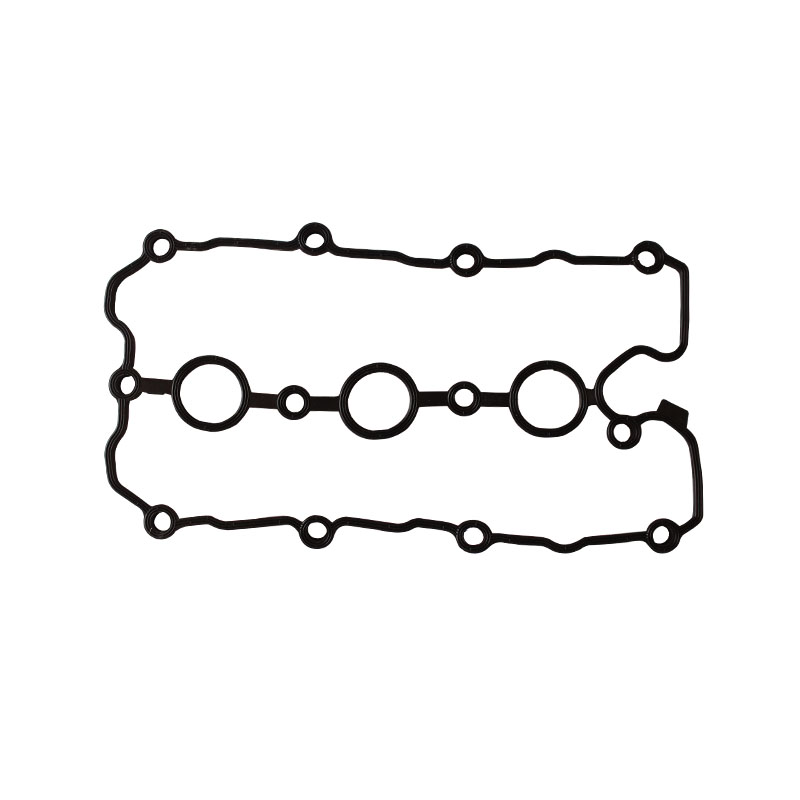Understanding the Importance of Torque Converter Seals in Vehicle Performance
Understanding Torque Converter Seals Function, Importance, and Maintenance
Torque converters are vital components in automatic transmissions, playing a crucial role in transferring engine power to the wheels while allowing for smooth acceleration and deceleration. A torque converter seal ensures that fluid remains contained within the converter, which is essential for its proper functioning. Despite its seemingly straightforward role, the seal’s importance cannot be understated, as it directly impacts the performance of the entire transmission system.
The Function of Torque Converter Seals
Torque converter seals primarily prevent transmission fluid from leaking out of the converter. They are typically made of durable materials designed to withstand high temperatures and pressures within the torque converter. These seals are strategically placed to create a barrier between the rotating components and the external environment, ensuring that the transmission fluid maintains the necessary pressure and volume.
In simple terms, the torque converter relies on the hydraulic energy generated by the transmission fluid to engage and disengage the turbine. If the seal fails, it leads to fluid leaks, which can result in decreased hydraulic pressure. This decline can cause a host of problems, including poor acceleration, slipping of the transmission, or even complete transmission failure.
Importance of Torque Converter Seals
1. Fluid Containment The primary role of the torque converter seal is to contain the transmission fluid, ensuring that it circulates effectively within the converter. This containment is crucial for the hydraulic system's functionality, allowing for optimal performance under various driving conditions.
2. Temperature Regulation The torque converter operates in a high-heat environment. Seals help maintain the appropriate temperature of the transmission fluid by preventing leaks that could cause fluid levels to drop and lead to overheating. Effective seals contribute to the overall longevity of the transmission system.
3. Efficiency A well-functioning torque converter seal enhances the efficiency of power transfer from the engine to the wheels. It allows for smooth operation and protects against the inefficiencies that can arise from fluid loss, ensuring that more of the engine’s power is effectively utilized.
4. Preventing Contamination The seals also play a part in keeping contaminants out of the system. By preventing external dirt and debris from entering the torque converter, seals help maintain the purity and effectiveness of the transmission fluid.
Signs of Seal Failure
torque convertor seal

Recognizing the signs of torque converter seal failure is essential for maintaining your vehicle's transmission. Some indicators include
- Fluid Leaks Puddles or spots of transmission fluid under your vehicle can be a clear sign of seal failure. Transmission fluid is usually bright red or brownish, making it easy to spot.
- Slipping Transmission If you notice that your vehicle hesitates or slips during acceleration, it could be due to low hydraulic pressure caused by leaking fluid.
- Overheating A slipping seal can lead to inefficient fluid circulation, causing the transmission to overheat. If the transmission fluid is burnt or smells foul, it could indicate a problem with the seal.
- Unusual Noises Grinding or whining noises from the transmission may suggest that the torque converter is not functioning correctly due to seal issues.
Maintenance and Replacement
Regular maintenance of the transmission fluid and filter can help extend the life of the torque converter seals. It is advisable to have the transmission fluid drained and replaced according to your vehicle manufacturer’s recommendations. Additionally, during routine check-ups, a mechanic should examine the seals for any signs of wear or failure.
If a seal is compromised, replacement is usually the only solution. The complexity of replacing torque converter seals often requires professional assistance. Specialized knowledge and tools are essential to ensure that the seals are precisely installed, as improper installation can lead to further issues.
Conclusion
The torque converter seal plays a critical role in the proper functioning of an automatic transmission. Understanding its significance can save vehicle owners from costly repairs and ensure smoother driving experiences. Regular maintenance and prompt attention to signs of seal failure can help prolong the life of both the torque converter and the transmission as a whole, keeping your vehicle running efficiently for years to come.
-
Understanding the Front Main Engine Seal: Purpose, Maintenance, and Installation
News Jul.29,2025
-
Understanding O-Rings and Seal Rings: Types, Applications, and Custom Solutions
News Jul.29,2025
-
Understanding Crankshaft Oil Seals: Rear Seals, Pulley Seals, and Their Role in Engine Integrity
News Jul.29,2025
-
The Importance of Front and Rear Crankshaft Seals in Engine Performance and Oil Management
News Jul.29,2025
-
Crank Oil Seals: Functions, Types, and Cost Considerations in Engine Maintenance
News Jul.29,2025
-
A Comprehensive Guide to O-Rings and Seals: Types, Materials, and Global Applications
News Jul.29,2025
-
Mastering Diesel and Performance Engine Maintenance: A Guide to Critical Oil Gaskets
News Jul.28,2025
Products categories















